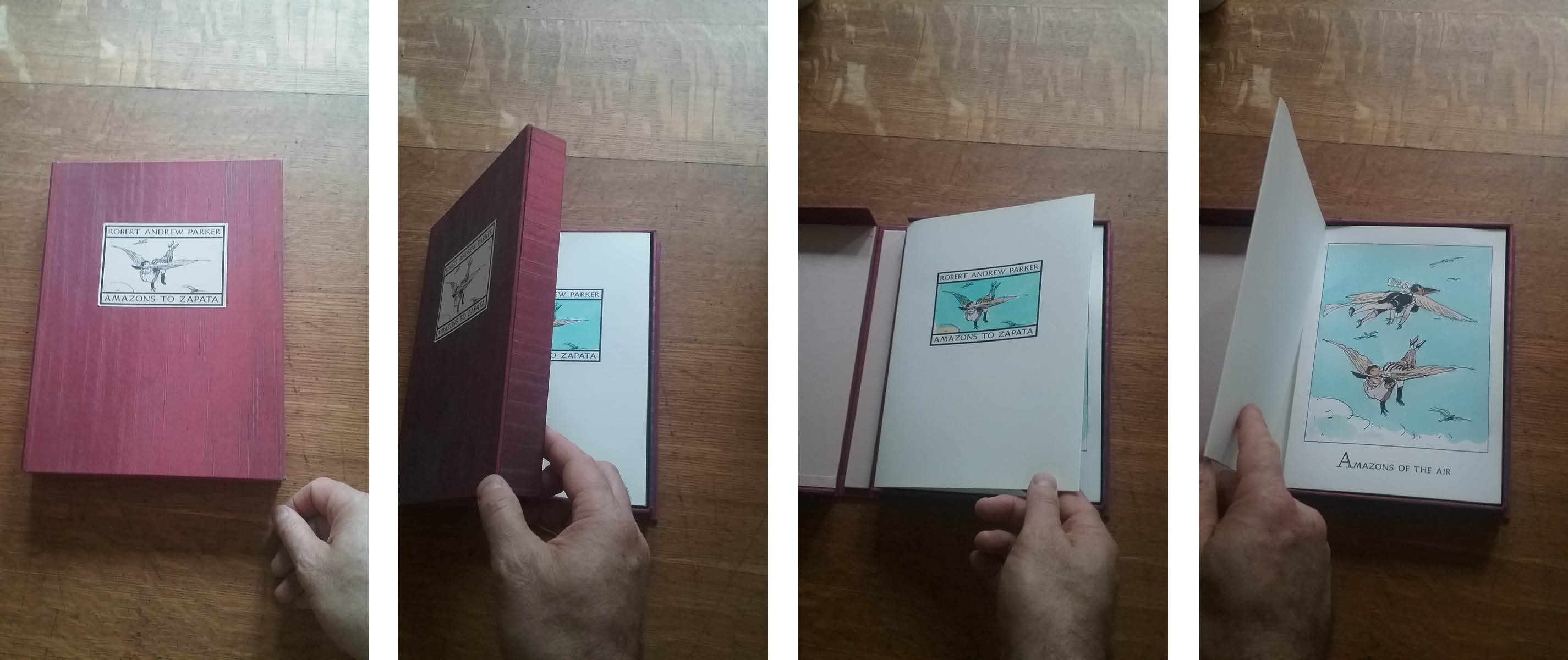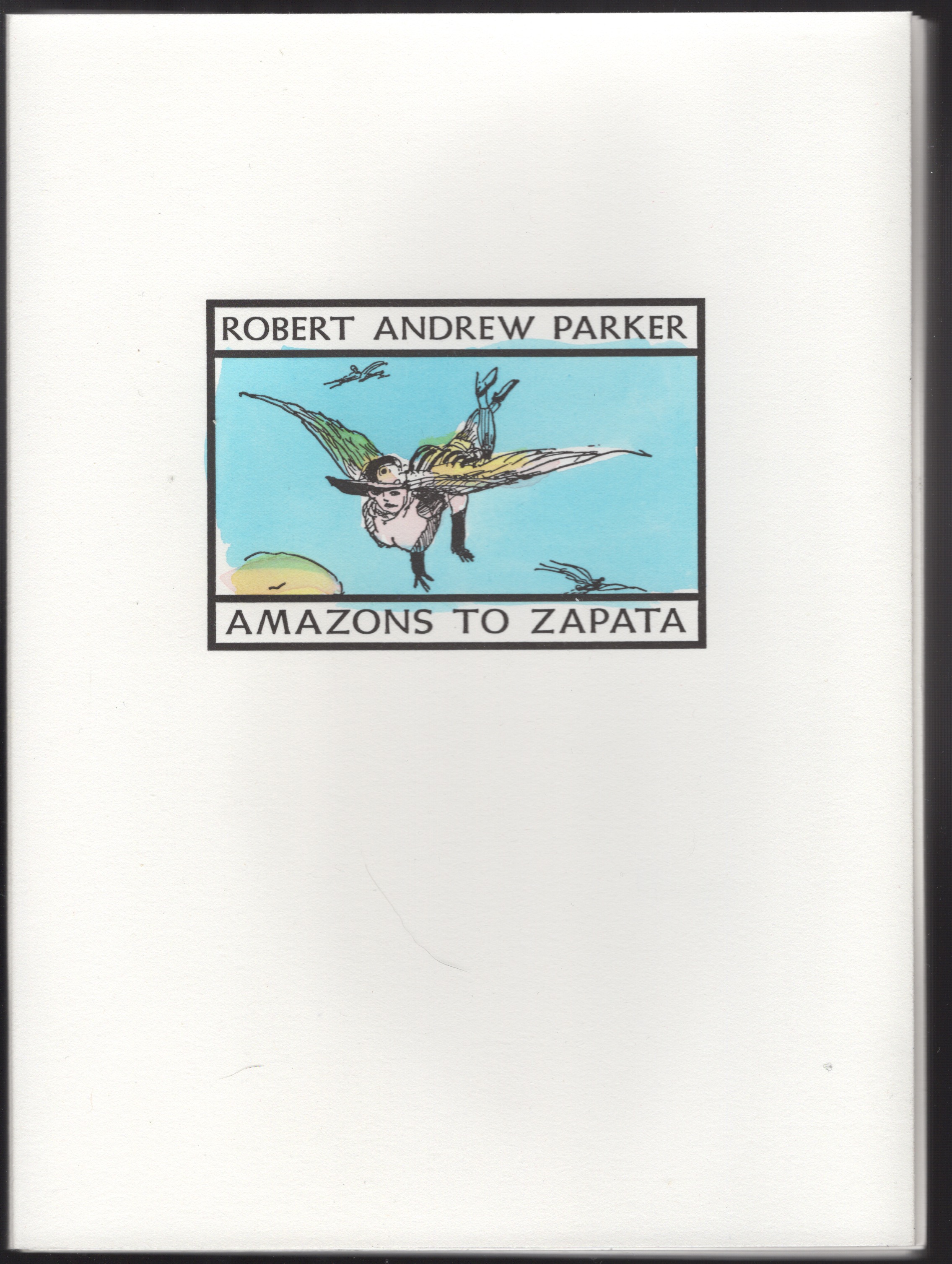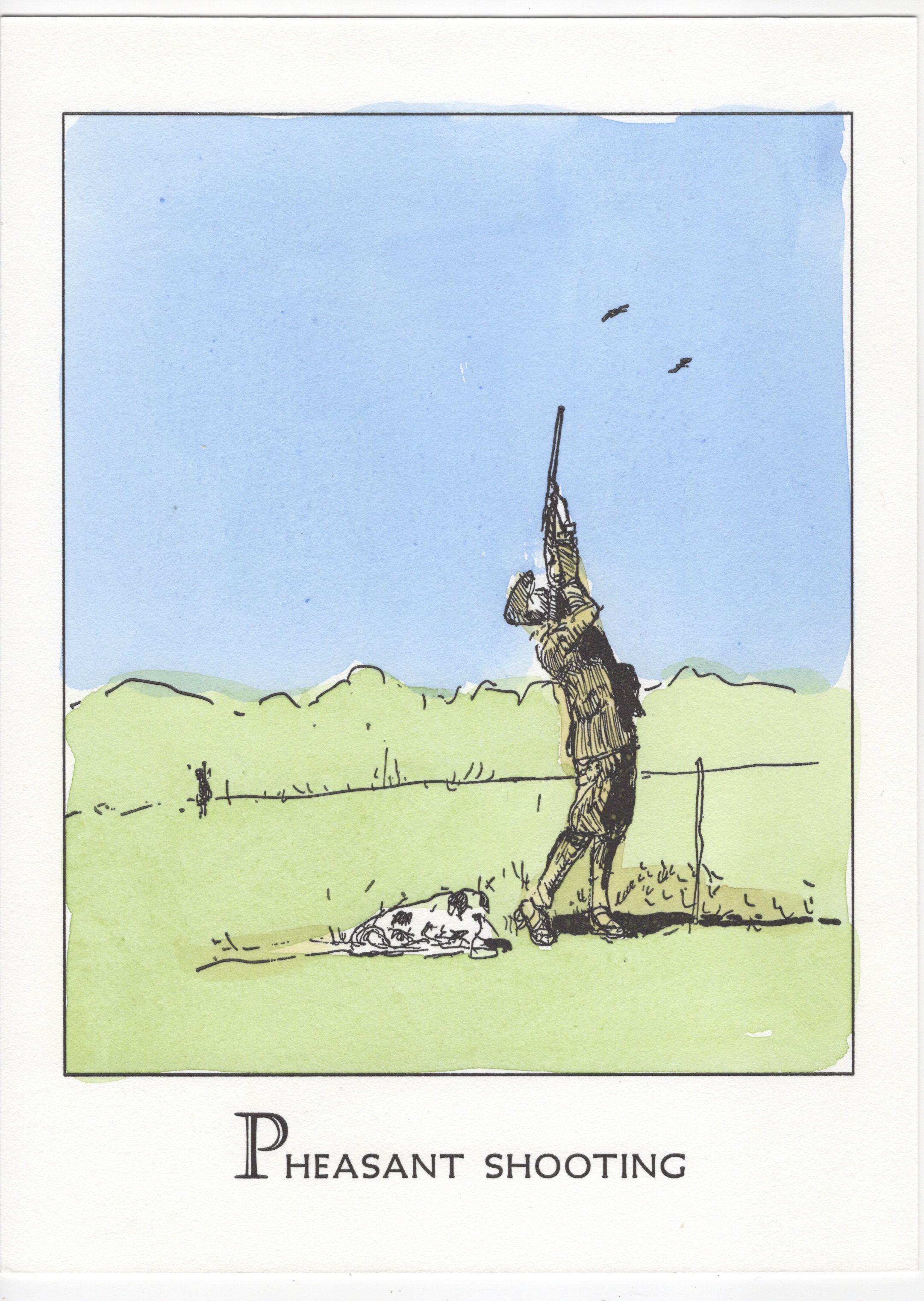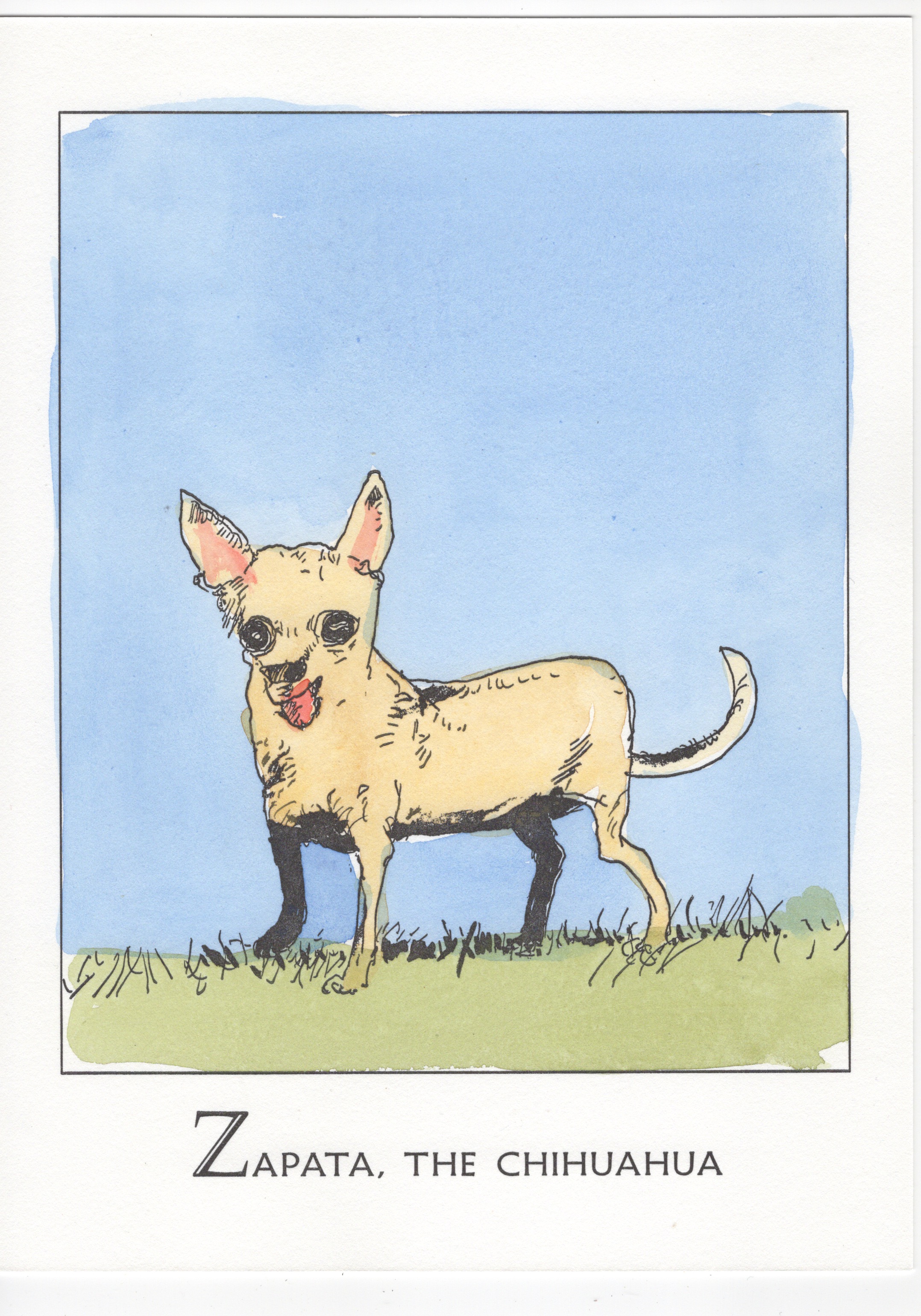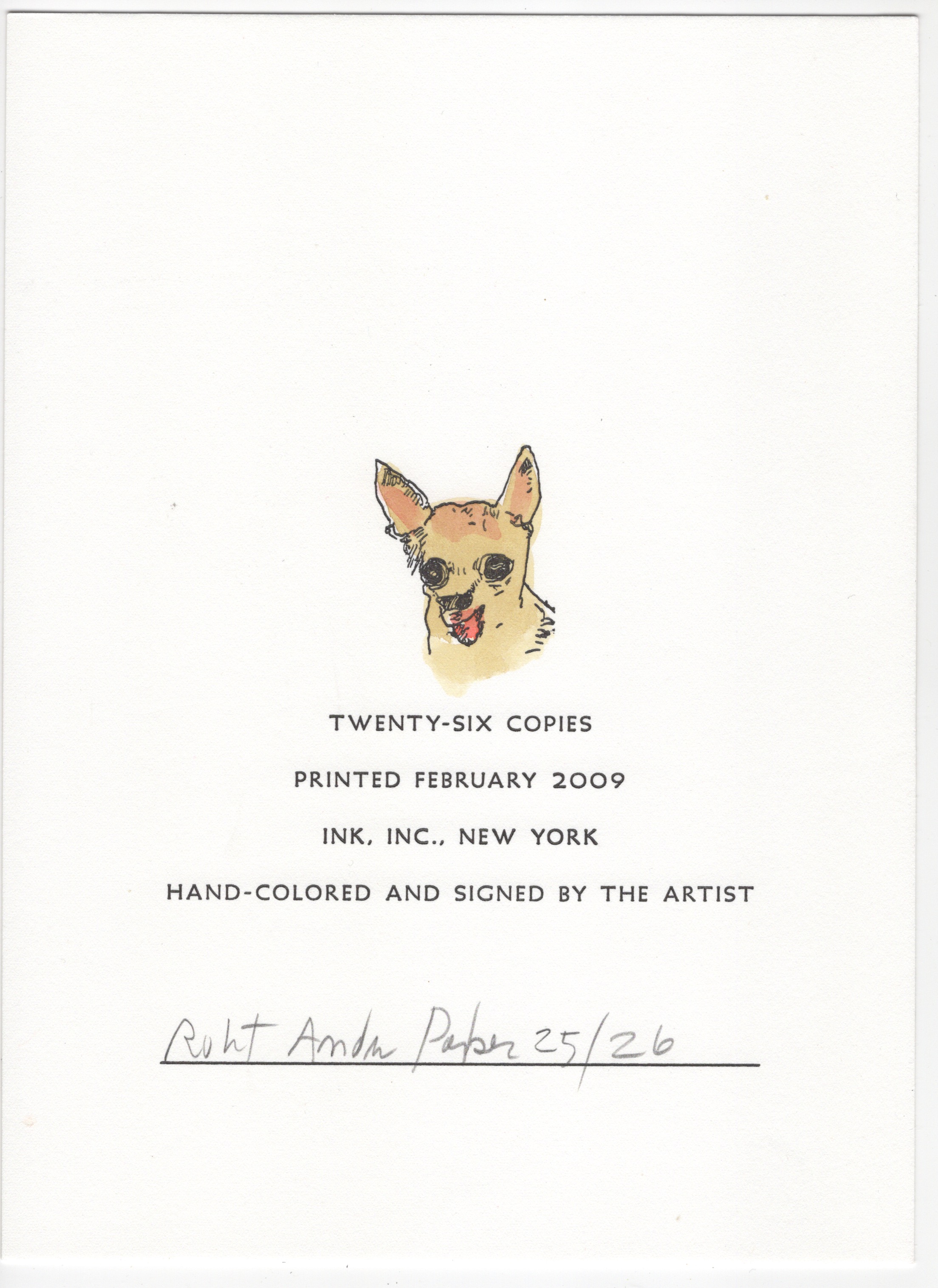Robert Andrew Parker and the Influence of Poetry
May 16, 2017
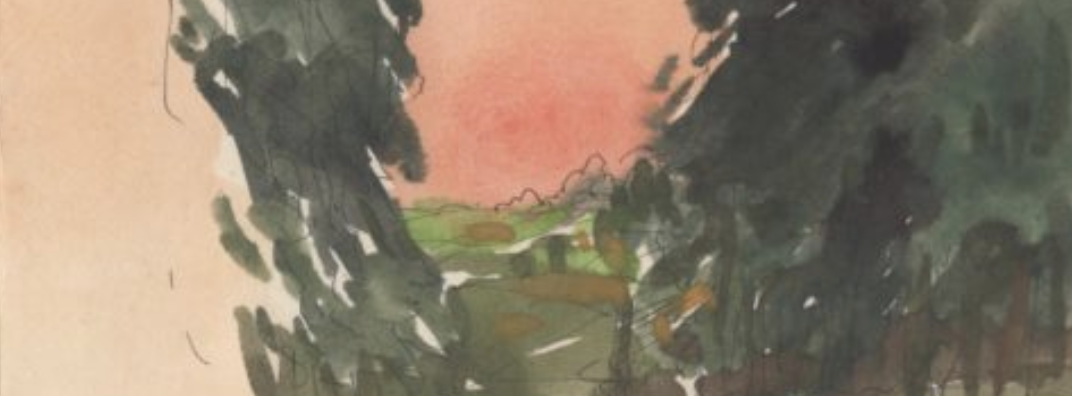
In the summer of 2015, with the help of the talented cinematographer Bill Turnley we spent several days with Robert Andrew Parker interviewing him in his studio and filming him working on several of his paintings. This summer we will be releasing a short film about Parker which contains rare footage from that unique studio visit.
One of the paintings he was working on was a watercolor inspired by the poem “Concerning the Drowned Girl” by the German poet Bertolt Brecht who died in 1956 at the age of 58.
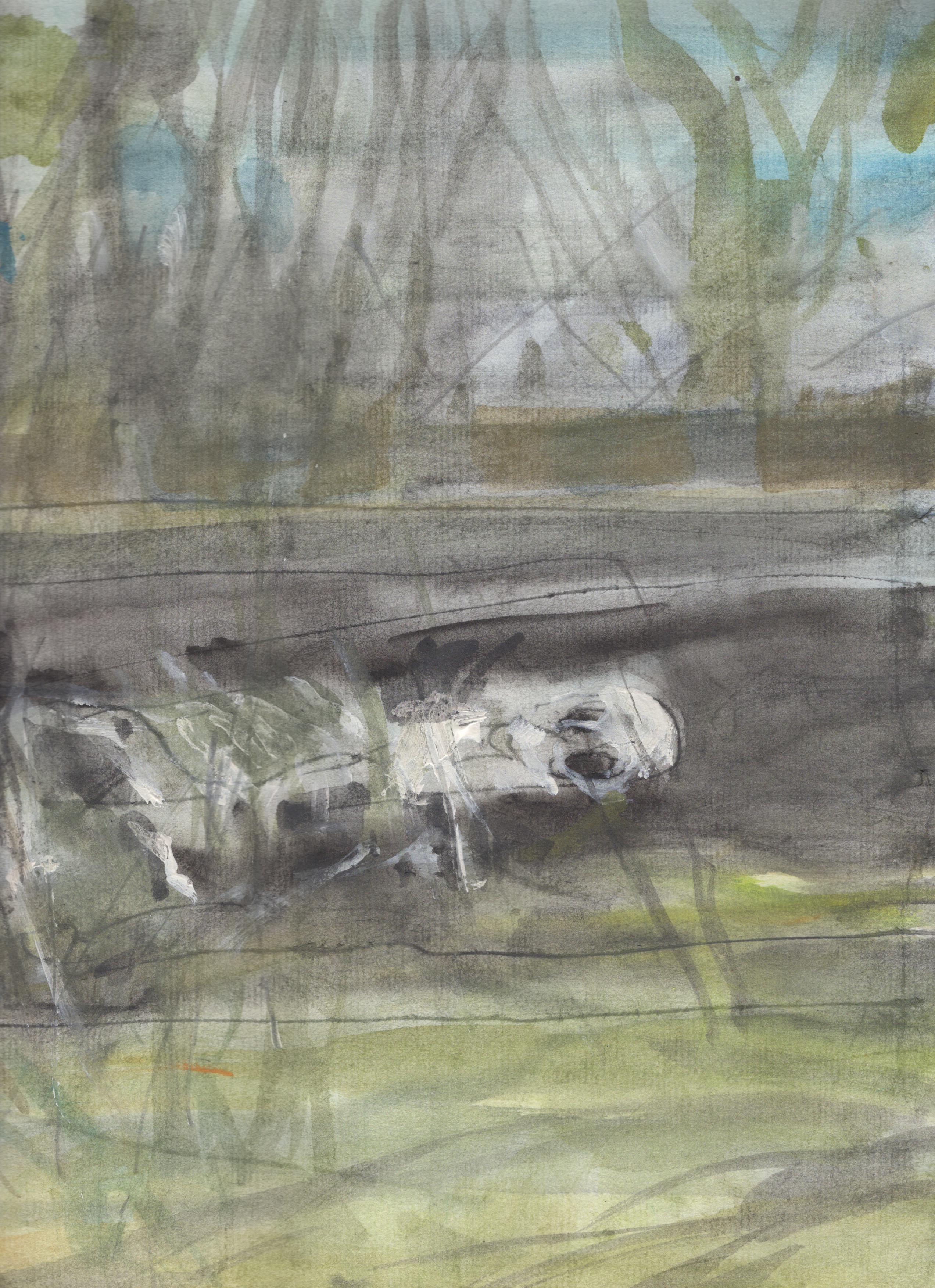
Parker had found and printed a copy of the poem online translated from German by Peter Lach-Newinsky. He read it to us, talked about the emotional impact it had on him, and then in the quiet of his studio wet his brush and set to work on a fresh, white sheet of watercolor paper.
It was fascinating to watch him work. He mixed slurries of yellow and blue and brown and red and white water color pigment, dabbed his brush on the wet paper, and pulled the strokes vertically up and down as he talked himself through the nature and structure of the reeds that subsumed the drowned girl and the shadowy depths of the river that moved slow and hidden from the morning sun. A lifetime of memories and insights passed from his thoughts through to his hand and onto the surface of his painting.
Poetry and literature have continued to play an influential role in Parker’s life and work. Here below you can see he responds to Seamus Heaney’s poem “The Pigeon Shoot,” coupling his instinct for color and the natural shape of light with the external mandate to act, to make a painting. And so he does, with fresh, quick brushwork, leaving his thinking mind behind. This intimate relationship to word and writing is perhaps only evident if one knows to look for it, intuiting content with intentions.
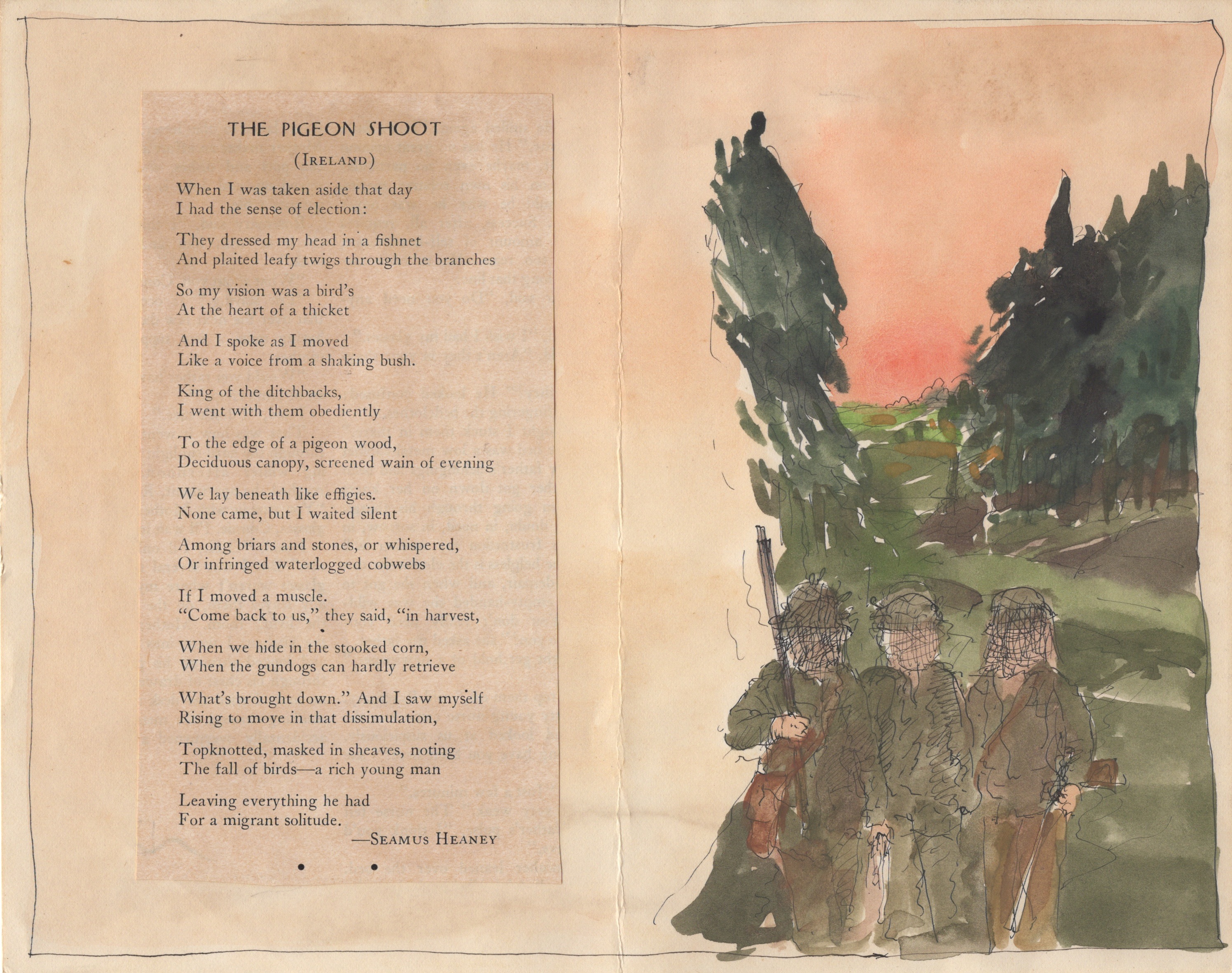
As if in homage to his own deeply felt appreciation for language, Parker has crafted a library full of illustrated alphabet books. Here below, an abundance of his “alphabet books” are stacked in front of him (where indicated with the red oval), each a one-of-a-kind creation, a loose leaf stack of hand colored dry point etchings on paper, quietly tucked away for posterity.
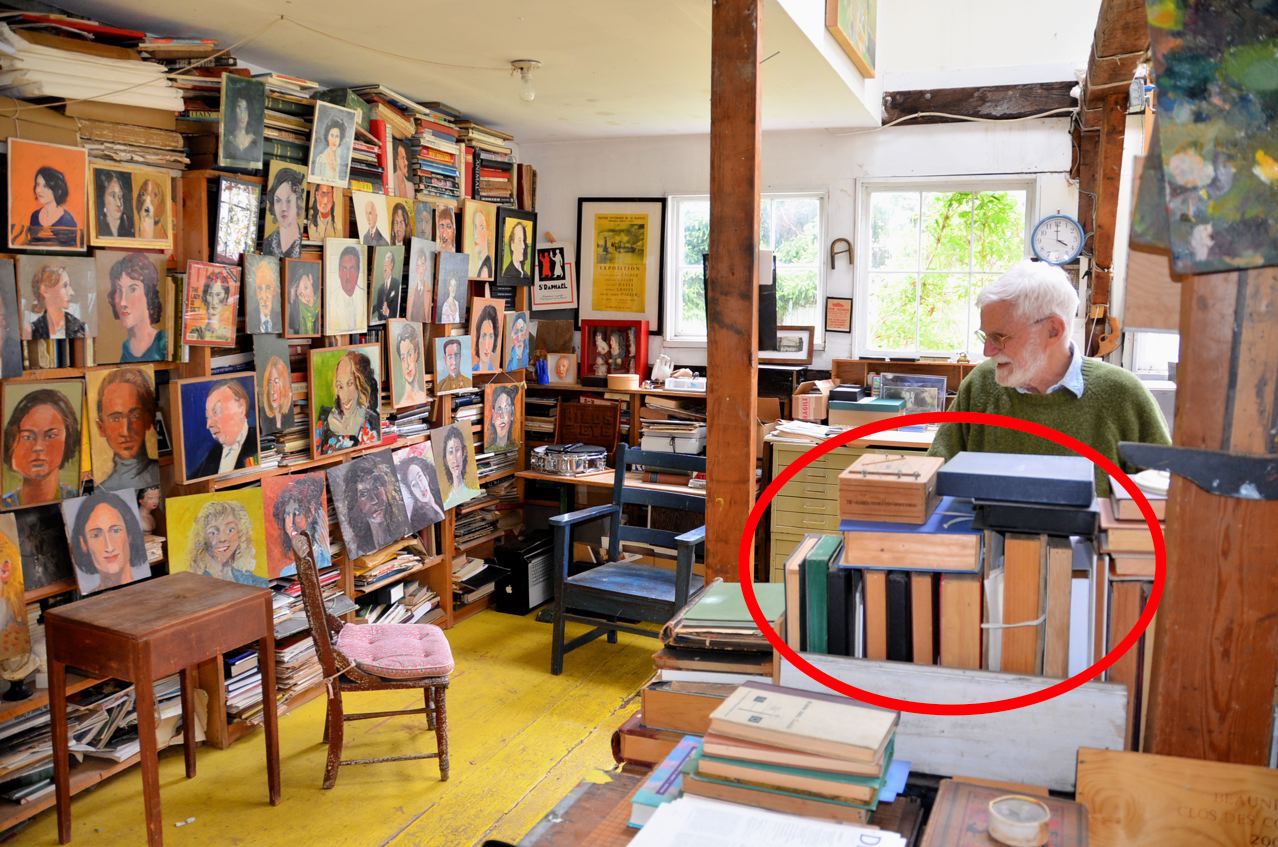
Much like with the Heaney poem, the objective of the alphabet books is pre-determined, A-Z, as exemplified in his collection “Amazons to Zapata,” each granting him permission to surrender to the task at hand and play. To just be with his medium, baby.
